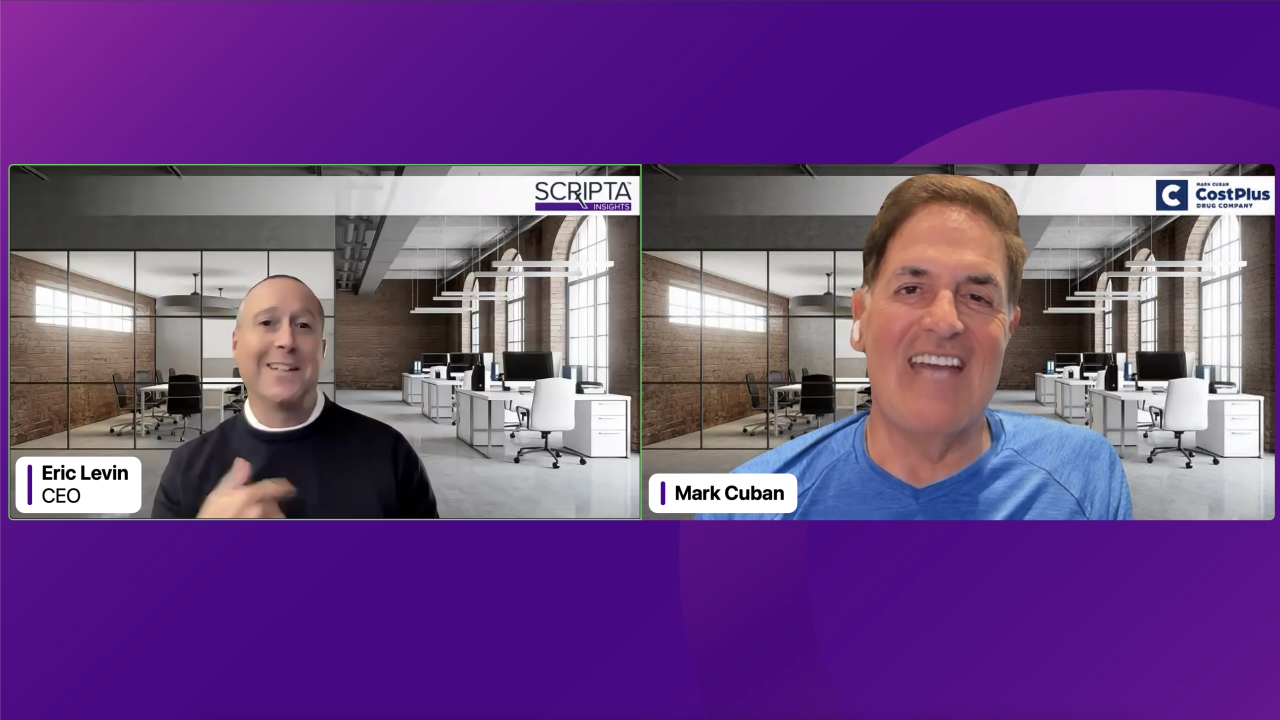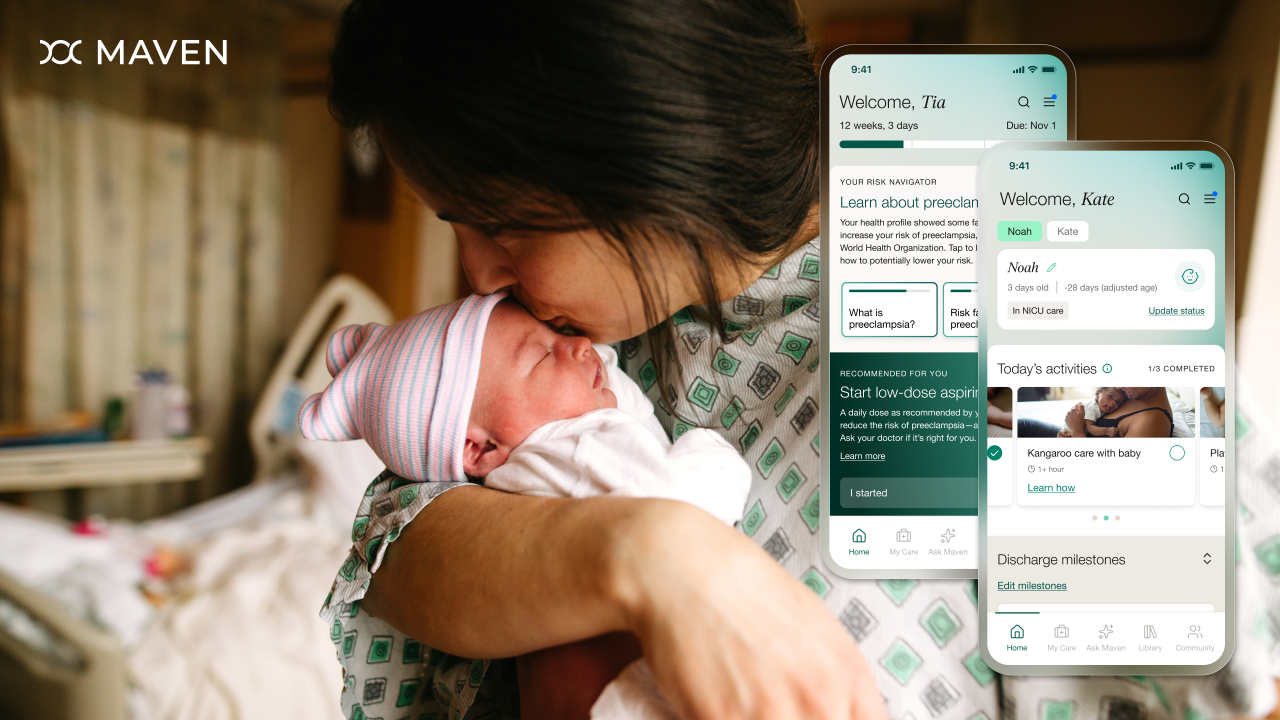Even under the best employment conditions, hiring the wrong employee can drag down a company's bottom line and dampen workforce productivity and morale. However, the national skills gap and ongoing economic concerns make finding the right candidate crucial the first time around.
In a 2011 CareerBuilder survey, 68% of employers said a bad hire affected them in the past year, with 41% of them estimating that a poor hiring decision cost them more than $25,000; another one-in-four said it cost more than $50,000.
The most common detriment bad hires had on an organization was less productivity (41%), lost time to recruit and train another worker (40%), cost to recruit and train another worker (37%), lowered employee morale (36%), and negative impact on client solutions (22%).
Hiring the wrong person - or the right one - can have a dramatic impact on a company. Since 2008, the amount of revenue generated per full-time employee has fallen by more than 18%, while labor cost for each worker has increased by more than 14% during the same period, according to an analysis by PricewaterhouseCoopers.
To avoid misfiring when hiring, Rita Wilson, director of HR at Greenberg Farrow, decided to implement a recruiting software program. A primary objective for using the program also was to add efficiency to the company's affirmative action reporting, a requisite after landing a government contract.
Before implementing the software, Wilson and her team spent 80 hours reporting affirmative action requirements. After one year of using a recruiting software system designed by Sage North America, the data were auto-compiled and saved the team time they now can direct to other HR initiatives. The firm now avoids reinterviewing past applicants who weren't a good fit by reviewing their previous and current information, all stored electronically.
"The majority of positions we fill somehow directly impact the client ... It can put a bad taste in the client's mouth if you constantly have to [replace employees] on the project," she explains.
"Make the hiring process the hardest part of recruiting, so that managing that person is easier," recommends Johnny Laurent, general manager for Sage North America. The recruiting software provider allows clients like Greenberg Farrow to set up different criteria to eliminate certain candidates easily from their pool. For example, if a position requires an employee to travel frequently by car, the Sage system can weed out candidates without a valid driver's license. Managers can add unique requirements for specific positions to customize results. This process becomes more manageable for HR/benefits practitioners and hiring managers, because it forms a smaller and more qualified pool for managers to pick from.
Ira Grossman, COO at PeopleAnswers, believes that screening software like his company's is more necessary now than ever, due to the large volume of candidates currently looking for work. He adds that employers want intelligent screening, not simply a program that searches for arbitrary keywords. PeopleAnswers' system extracts information and analytics from current and new hires to create successful candidate profiles and to learn the best sources for candidates. The intelligent software recalibrates the process over time.
Laurent agrees that "the tech world and our new workforce ... now relies on technology [so much] that it has almost become a necessary evil."
Make new hires, keep the old
The first thing analysts at Sage and PeopleAnswers do when working with an employer on improving their hiring process is to analyze the incumbent top talent working at the company. PeopleAnswers starts with a random group sample, determining employees' attributes, such as success, discipline, cultural insights and performance in their job.
Based on the group profile, the provider creates behavioral profiles and launches them in the software to locate potential candidates who hold desired characteristics, that often correlate with job success.
Based on this comparison, HR learns what to look for in a candidate and what questions to ask in the interview based on their matches and disconnects with the success profile.
The systems have helped clients like Michaels lift retention rates by 42%, and Gables Residential lower turnover by 59%. International retailer Reebok experienced this firsthand with a 28% reduction in turnover after implementing the PeopleAnswers system in 2010. Along with decreased turnover rates, the company met increased sales goals as well. Though Bill Holmes, head of HR at Reebok International, can't directly attribute this to new hires from the system, he's confident the improvement in level of hire, especially among store managers, has led to better business results.
"I think bad hires lead to less productive workforces and less engaged employees in a store, for example, and even worse, less engaged customers," he says. "It can have a trickle-down effect and be very damaging and damning for your organization."
When classifying what makes someone a bad hire, 63% of employers from the CareerBuilder survey defined an employee that didn't work well with colleagues, the same amount that cited an employee who didn't produce proper quality of work. Close behind was a worker with a negative attitude (62%).
Based on these conclusions, Laurent advises employers "to hire for attitude and train for skills."
For example, Reebok looked at its top talent and wove competencies from these individuals into its screening. Identifying and searching for these characteristics from the beginning led to candidates that better fit the company's needs.
"When we incorporated [the key criteria] into our benchmarking and profiles it led us to a more consistent and higher-quality candidate pool more often," explains Holmes.
The software Reebok used took the guesswork out of elevating performance criteria. "A couple years [after implementing the technology], we definitely see an improvement in the quality of the candidates we're hiring, as well as the retention rates of those particular individuals," Holmes says.
Holmes cautions what could become of employers who don't utilize all advantages in seeking out the best candidates for the position.
"Companies that aren't using [predictive technology] are playing a bit of Russian roulette," Holmes says. Although he acknowledges the technology is "not a perfect science ... I think it's here to stay."
Seeing, not just screening
However, not everything about a candidate can be understood on a computer screen. How the personality of a candidate would fit with the project team and department is always determined during a face-to-face interview with the manager.
While the system may screen for education or certificate requirements for Greenberg Farrow's HR department, there "are things we feel that can only be assessed face to face," Wilson says. "Any time you have people interact with others, especially if they are interfacing with clients, you've got to have that face-to-face screening process."
Even though he's in the business of selling the technical solution, Laurent agrees. "Technology can become a crutch ... which can enable a poor hire. Organizations have to put personality and relationship back into [process]."





